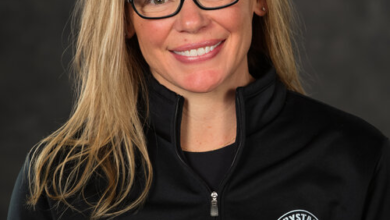Why Brands Like Supergoop Are Educating Consumers on FSA Spending

Flexible spending accounts (FSAs). Chances are, if you have one, it’s probably underused.
While many people associate FSAs with medical and dental costs, many are unaware of the hidden wealth of wellness-related costs that can be covered. And this unexplored opportunity is opening up a substantial market for wellness brands.
FSAs Overlooked Eligibility
FSAs can be used to pay for gym memberships, weight loss programs, mental health services, acupuncture, chiropractic care, and even specific dietary supplements and health foods.
FSA adoption rates are on the upswing, primarily because more people are opting for high-deductible health plans that often come with the option of an FSA. In fact, Aite-Novarica Group estimated 32.6 million FSA accounts in force in 2022.
This upward trend widens the potential customer base for FSA-eligible wellness brands. The financial incentive of using pretax dollars for wellness expenses serves as a motivator for consumers to invest in their health and well-being.
Brands have the chance to enlighten consumers who may not comprehend the array of expenses that FSAs cover and how their products align with these criteria. According to reports, in recent years, over 40% of employees with FSAs ended up forfeiting a portion of their account contributions. On average, these individuals lost between $339 and $408 annually by not fully using their FSA funds before the spending deadline.
Brands Leaning Into FSA Education
One brand in particular that’s educating customers on the process of expensing its products through FSA accounts is Supergoop.
In fact, the brand responds to consumer inquiries on a FAQ page with the question: “Can I use my FSA/HSA dollars on Supergoop.com?”
Per information from Supergoop, the skincare brand experiences sales increases twice annually as shoppers use FSAs for their purchases. The first surge occurs in early summer, when individuals are replenishing their sunscreen supplies. The second peak takes place toward the end of the calendar year, as people aim to spend down their “use it or lose it” contributions before they expire. To boost these sales spikes, the brand dispatches reminders to its customers.
Other brands that provide FSA-eligible products, like Sun Bum, COOLA and Neutrogena and other retailers of skincare, bandage, and massage devices, cater to consumers looking to spend their FSA funds by featuring their products on FSAstore.com.
Furthermore, Amazon has established a category for FSA-eligible products, simplifying the process for users to add their card information and complete these transactions.
Ensuring Consumers Are Reimbursed
Although many FSA account holders may have a debit or credit card associated with their accounts, this practice isn’t consistent among all providers. Therefore, in situations where direct payment is not an option, customers may be required to submit a receipt to facilitate the reimbursement process.
With that, it will be essential for brands to ensure that their products are accurately labeled and classified. They should clearly state their medical or health-related purpose as labeling makes it easier for consumers to identify the product as an eligible FSA expense.




